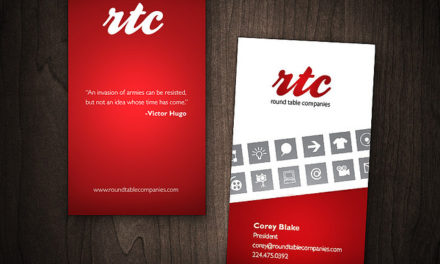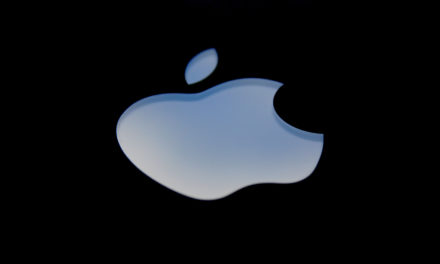In an ever-evolving market, businesses constantly face the challenge of balancing growth with financial efficiency. One of the most strategic moves a company can make is to increase its marketing budget while cutting costs in other, less impactful areas. Marketing is the engine that drives visibility, customer acquisition, and revenue growth, making it an essential investment rather than an expense. Here’s why businesses should prioritise marketing spending and streamline costs elsewhere.
1. Marketing Drives Revenue Growth
Marketing is the primary channel through which businesses attract new customers and retain existing ones. Without effective marketing, even the best products or services can go unnoticed. By increasing the marketing budget, businesses can expand their reach, improve brand awareness, and ultimately increase sales.
2. Cutting Marketing Budget is a Short-Term Fix with Long-Term Consequences
When businesses face financial pressure, one of the first areas they often cut is marketing. However, this is a short-sighted decision that can reduce visibility and stunt long-term growth. Without a strong marketing presence, companies may experience declining customer interest, lower lead generation, and decreased sales, making recovery more challenging.
3. Marketing Provides a Competitive Advantage
In today’s competitive landscape, standing out from the crowd is crucial. Companies that maintain or increase their marketing spend while competitors cut back gain a larger market share. This is especially true during economic downturns—businesses that continue advertising tend to emerge stronger once the market rebounds.
4. Digital Marketing is Cost-Effective and High-Impact
Modern marketing channels, such as social media, email marketing, content marketing, and SEO, offer cost-effective ways to engage with customers. Businesses can allocate more budget to digital strategies that provide measurable results and a higher return on investment (ROI) than traditional marketing methods.
5. Smart Cost-Cutting Elsewhere Increases Efficiency
Instead of cutting marketing, businesses should identify inefficiencies in other areas. Here are some ways to optimise costs without jeopardising growth:
- Automate Processes: Implement automation tools for administrative tasks, customer service, and data management to reduce labour costs.
- Outsource Non-Core Activities: Instead of hiring full-time employees for every function, consider outsourcing tasks like IT, customer support, and HR.
- Reduce Office Expenses: With remote work becoming more viable, businesses can downsize office space and cut utility costs.
- Optimise Supply Chain Management: Negotiate better deals with suppliers or find cost-effective alternatives for materials and logistics.
6. Marketing ROI Can Be Measured and Optimised
Unlike some operational expenses that provide little insight into their effectiveness, marketing efforts can be tracked, analysed, and optimised. Tools like Google Analytics, social media insights, and customer relationship management (CRM) software allow businesses to measure what works and adjust strategies accordingly for maximum efficiency.
For more on why businesses should prioritise their marketing budget, check out this fantastic article by Sienna Roberts for The Knowledge Academy “Importance of Marketing Budget: All You Need To Know”
Conclusion
In today’s competitive business environment, marketing should not be viewed as a discretionary expense but as a necessary investment. Companies that strategically increase their marketing budgets while cutting costs in non-essential areas are more likely to experience sustained growth, improved brand recognition, and a stronger bottom line. By making smart financial decisions, businesses can thrive even in uncertain times and position themselves for long-term success. For more visit our website or give us a call on 0845 2993 923 PrintUK.com







.jpg)
.jpg)
